Think real estate is slowing down? Think again. With the right insights and tools, 2025 could be your most profitable year yet.
Rates are still high and housing inventory is still tight, but many experts suggest 2025 will be an opportune period for property investors.
Let’s explore some tips and tricks for building lasting wealth through strategic real estate investments in an evolving market.
The first tip? Don’t deny the math. If the buy, hold, and sell costs do not make sense and allow you to return 10-15% on your money, walk away. Cutting corners never works. You are better off staying conservative during tumultuous market conditions.
Housing Appreciation
The median existing home was $430,584 in late 2024, with projections indicating a moderate increase. The good news is we don’t see a global value depreciation; it will be regionally driven. Additionally, the housing market shows signs of supply recovery, with modest growth of 5% in 2025. Home price appreciation may slow but will not turn negative in 2025, according to a Dec. 20, 2024, CBS News Money Watch report. The fact remains there are more buyers than sellers, which will drive prices up but only with affordable houses.
Tip: The renovated houses that are moving quickly are under $350,000 or those above that are in economically strong and desired locations. The average consumer cannot afford homes with larger asking prices.
Hot Spots
Some regions are emerging as primary growth centers, with several markets showing exceptional potential. Notably, these top-performing markets—Boston, Charlotte, Greenville, Hartford, Indianapolis, and San Antonio—all share these common characteristics:
- Available inventory at affordable price points
- Higher income growth for young adults
- Aging in place people in cities
- Southern relocation, creating demand in southern states
- Net migration into specific metro areas
Supply and Demand
Due to high interest rates, construction costs, and labor market constraints, the housing shortage remains a persistent challenge. Builders will not get ahead of the market like they did in the early 2000s.
Most homeowners with interest rates under 6% (and many closer to 4%) recognize that an interest rate of 7% on a new mortgage could double their monthly payment with the same-sized mortgage. As such, existing homeowners are not freeing up housing stock to the degree necessary, leaving demand to outweigh supply and affordability.
Nevertheless, housing starts are projected to reach 1.45 million units in the coming years, addressing some supply gaps while staying slightly below the historical average of 1.5 million units annually. New housing offers are getting creative to help lure homeowners out of the potential rehab property and into a larger, newer home.
Active investors need to stay plugged into market conditions and credible partners to help them find pre-market deals. The good news is identifying products to help make the purchase is becoming less of a challenge, especially for seasoned investors with good credit and stable liquidity.
With rated and more securitizations happening monthly, capital providers are extending credible Residential Transition Loan (RTL) lenders plenty of capital to fund their next loan—meaning more lenders are competing for business on price and products to fit your needs. Still, it’s essential to do your homework to identify the best lender, account executive, and product to obtain the best financing for your needs.
Two primary approaches stand out as you choose your investment strategy based on market analysis and investment goals.
Fix and Flip. Fix-and-flip 101 strategy involves purchasing distressed properties, renovating them, and selling them at a profit. This approach typically yields $25,000 to $50,000 per project, and success depends heavily on accurate market analysis and renovation management.
Key considerations for successful flipping include identifying the right location, researching economic conditions, and maintaining strong relationships with local realtors and contractors. For optimal results, professional flippers target cities experiencing significant job growth and positive economic activity. Similarly, they prioritize properties in neighborhoods with all-around growth, strong renovation trends, and housing demand, ensuring better resale potential.
Buy and Hold. This strategy focuses on acquiring quality properties for long-term wealth-building through steady appreciation and rental income. Buy-and-hold investments typically generate stable portfolio growth. Properties under this approach provide consistent monthly rental income, ranging from $1,000 to $2,000.
- Buy-and-hold offers several advantages:
- Steady appreciation over time
- Tax benefits through depreciation
- Mortgage interest deductions
- Growing equity as loan balances decrease
- Building generational wealth
Success in buy-and-hold investment hinges on two primary elements other than mastering the art of property analysis and market research: (1) find properties with enough of an increase in value after repairs to pull money using the BRRR method and (2) stay true to not over-improving a property by focusing on durable and appropriate repairs.
Market Research
Successful investors rely on multiple data sources to make informed decisions. Historical property data, including days on market and price trends, form the foundation of market analysis. You can find this information through several organizations and websites (e.g., the National Association of Realtors, Zillow, Redfin, the National Association of Home Builders, and local community websites).
Don’t forget to get involved in key groups supplying a mountain of industry knowledge (e.g., American Association of Private Lending and Think Realty). To go where the deals are, investors benefit from analyzing specific neighborhoods rather than broad citywide statistics. However, staying close to home (no more than regular drive-by check-ins) is the best practice.
Conducting a thorough market assessment examines population growth, homeowner growth, job opportunities, economic indicators, and price-to-rent ratios. It also includes evaluating local development plans, vacancy rates, and market saturation.
- A property evaluation checklist should include:
- Location quality and neighborhood amenities
- Property condition and age of major components
- Zoning regulations and future development potential
- Economic indicators and employment trends
- School ratings and proximity to public transportation
Tools and Resources
After completing the property evaluation, examine profit potential. Many credible organizations offer profit analyzing tools. Rehab Financial Group provides a profit calculator (https://rehabfinancial.com/house-flipping-calculator) for investors to estimate potential profit for any project accurately. To help home in on profit estimates, contact RFG for details about buy, sell, or hold costs. Additional resources and tools to help real estate investors succeed are at https://rehabfinancial.com/learning-center.
RFG’s Profit-Producing 100% Financing Solution
Private money loans, often obtained through individual lenders, offer flexible qualification requirements. As you compare products, don’t overlook a company’s reputation and knowledgeable and authentic account executives. RFG’s 100% Fix & Flip Premier Loan revolutionizes real estate investing for beginners and experienced investors. This innovative private money loan program is designed to minimize the cash needed upfront and maximize investors’ ROI with advantages that set it apart from traditional fix-and-flip loans. The standout feature is 100% funding of your purchase and rehab up to 65-70%, or even 75%. It’s a no-down-payment alternative that’s rare in the private lending space.
Key RFG benefits that make investing in real estate more effortless than ever include:
- No down payment. Keep your capital for renovations, safety, or your next investment.
- Up to 75% ARV same-day approval. Get moving on deals quickly.
- No income verification. Skip the lengthy documentation process.
- Close in five to 10 business days. Get fast funding when you need it.
RFG requires only three essential documents to process your loan: your purchase agreement, the last three months of bank statements, and a detailed statement of work.
The path to securing funding is straightforward. First, identify and get under contract for a promising investment property. Then connect with RFG’s expert lending team to gather the necessary information for same-day approval. Our streamlined process ensures you receive funding within five to 10 business days, allowing you to move swiftly on profitable opportunities.
Don’t wait to start your next investment project. Connect with one of RFG’s experienced loan professionals today to begin your application. Our dedicated team stands ready to help investors achieve the highest possible ROI. Your success is our success. We’re genuinely invested in helping you achieve outstanding results.
Real estate investment success depends on making informed decisions based on multiple factors. It also requires patience, research, and adaptability. Market conditions will shift, but following the proven strategies discussed here while staying informed about regional trends will help you achieve investment success.
Additionally, understanding how to choose the most advantageous financing option allows you to capitalize on opportunities regardless of market conditions. The cash-saving, profit-producing benefits available through RFG’s 100% Fix & Flip Premier Loan provide the best option for financing any real estate investment project.
Contact Rehab Financial Group to start same-day approval for your 100% fix-and-flip loan—with no down payment, no income verification, and limited documentation required. Call the RFG team at (610) 632-7766 or visit https://rehabfinancial.com/prequalification-form to get prequalified and approved today.





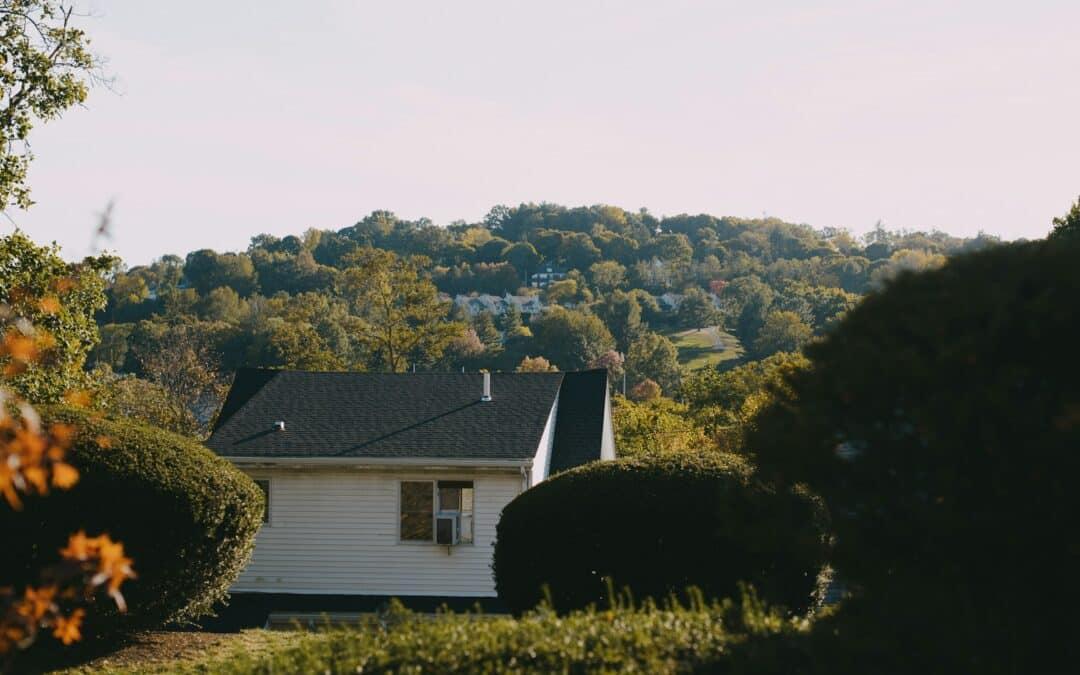
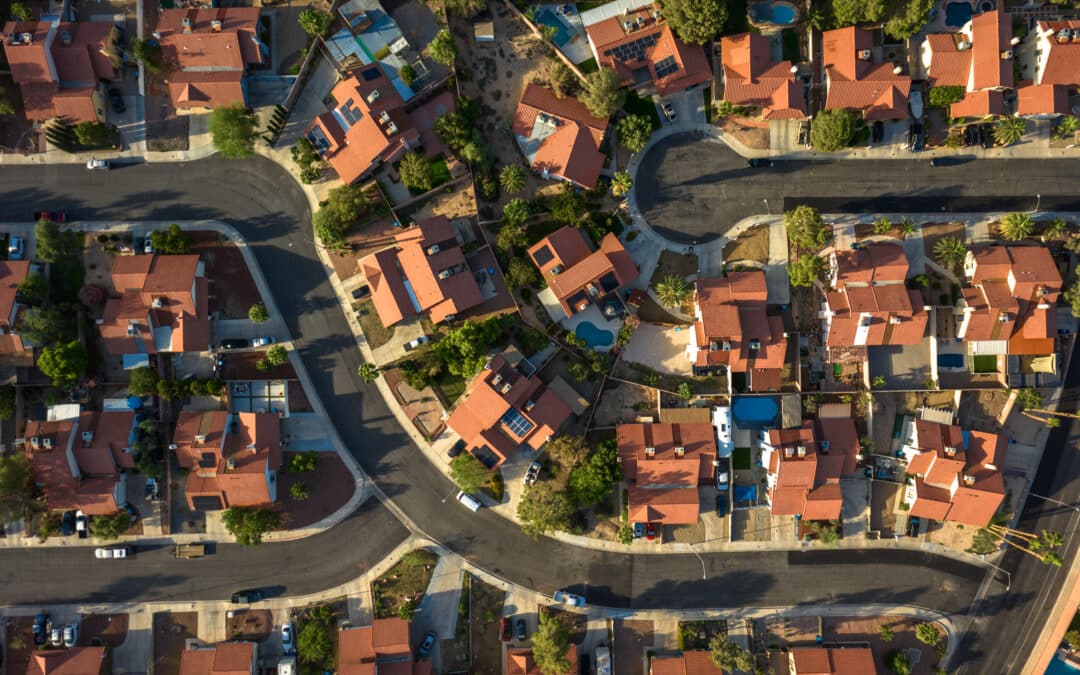



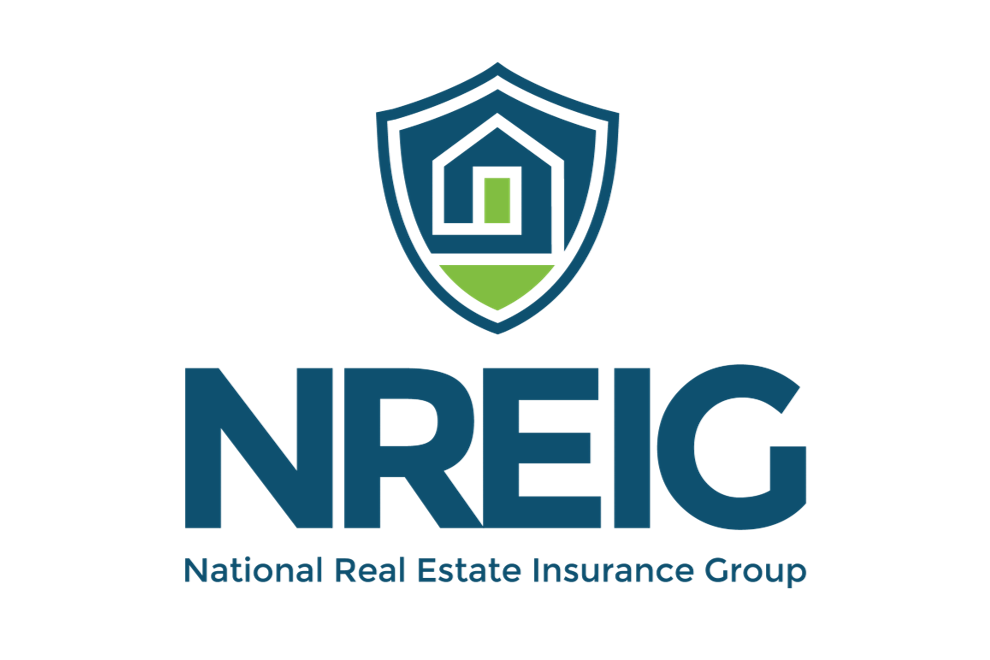
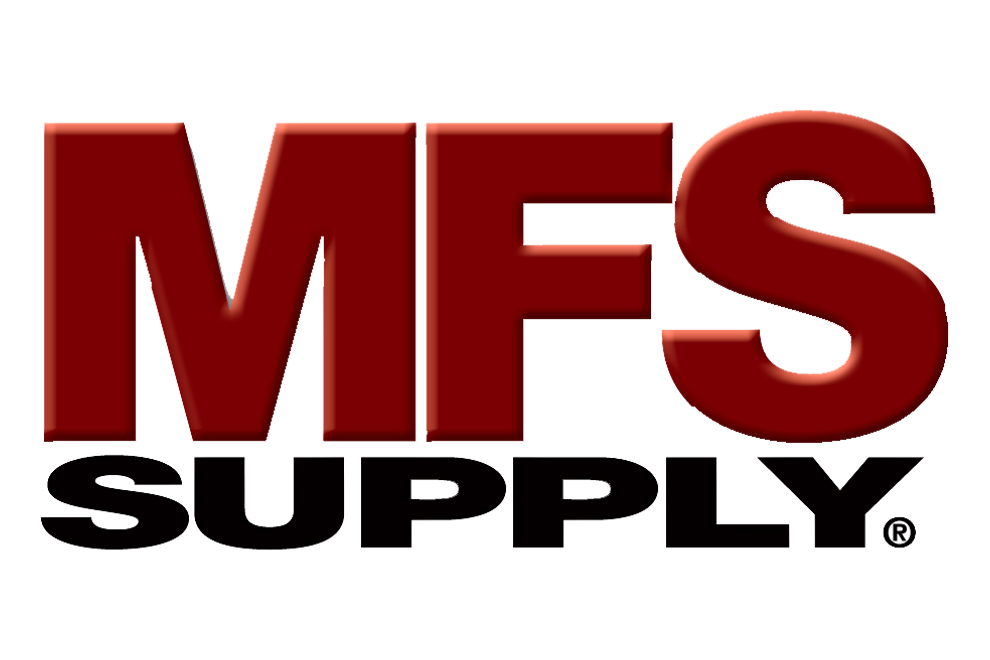

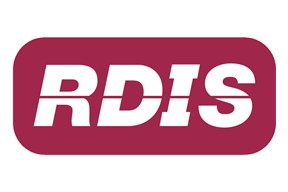
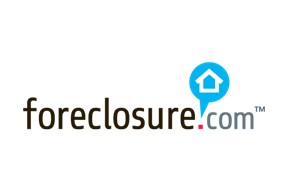
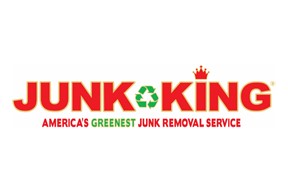
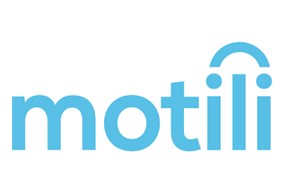
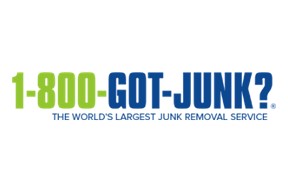
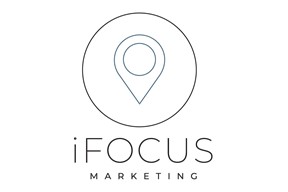
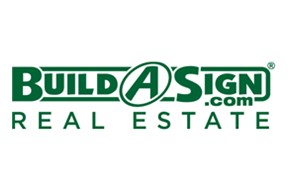
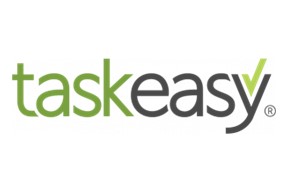
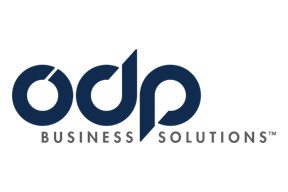
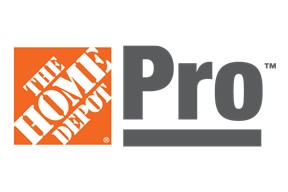
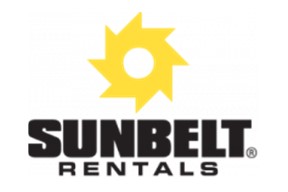
0 Comments